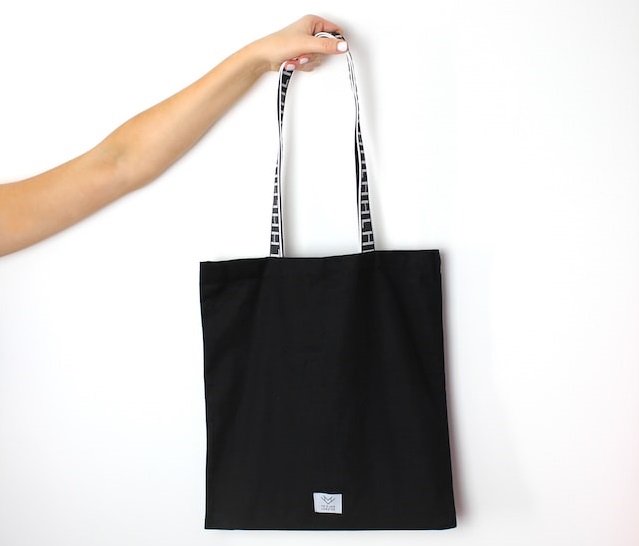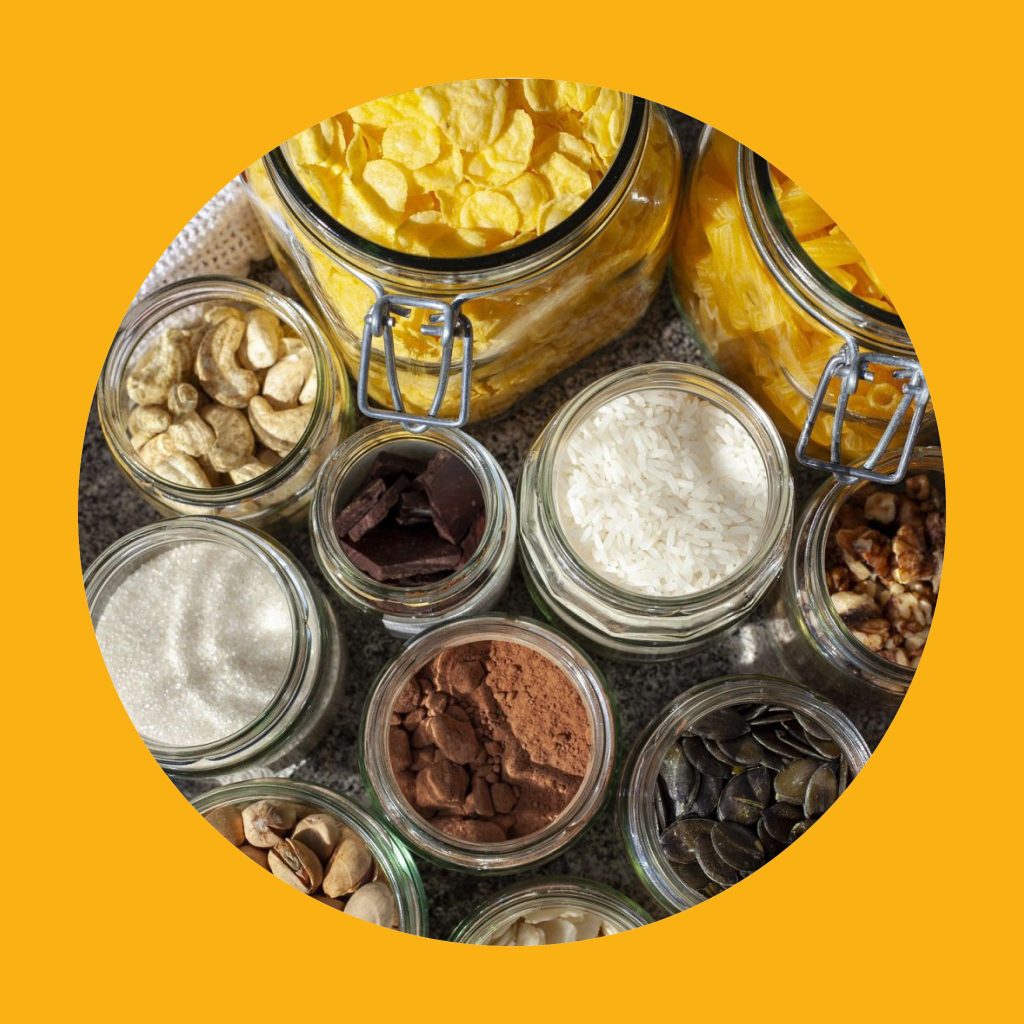8 Tips for More Reusable Packaging in Everyday Life
Starting tomorrow. A yoga session to wake up, less alcohol, scheduled times without a smartphone, meat only once a week, more sleep. The list of good intentions that we regularly set ourselves is endless. One big, important resolution that many of us have been making again and again for several years: More sustainability in everyday life.
The problem is that the term “sustainability” carries all the weight of the climate crisis with it so clearly that any resolution seems to achieve nothing. And what’s more, everything involves so much effort. We know these thoughts all too well. It becomes a little easier if you break down the big goal of “living more sustainably” into concrete and realistic chunks that directly appease the resistance of the inner laziness.
We are happy to provide you with a first appetizer, which could be as follows: Integrate more reusable packaging into your everyday life. And avoid waste in the process. Here are 8 ways in which you can gradually banish single-use items from your life:
1. the bag in the bag
Your household might be overflowing with reusable bags, but when you need one at the checkout, there’s none to hand. Now make a quick decision: Play Tetris and manoeuvre all the groceries home dangerously stacked and clutched under both arms, or reach for the disposable bag after all? It’s only the one time… Much better: put a reusable bag or an old tote in all the bags that are used frequently. Because we often miss the shopping bag when we spontaneously pop to the supermarket after university or sport. If you put a shopping bag in your rucksack or sports bag, you can easily do this waste-free.
By the way: The eco-balance of a freshly purchased cloth bag is only better than that of a plastic bag if you use the bag often. So for the exception to the rule, it’s better to use a plastic bag if you already have a lot of jute bags at home.

2. optimize daily routes
There are now many ways to insist on reusable takeaway or delivery of food and drinks – for example with the smart system from Relevo. One hurdle is often not so much borrowing the reusable crockery as returning it. It’s not uncommon for bowls and cups to get lost in your own cupboards or for you to forget to return them because the restaurant is not on your direct route to work, the shops or your next appointment. How about a little detour for the environment? Mark return points for the reusable crockery you use on your cell phone and organize your daily routes so that you can return borrowed crockery promptly. You’ll also rediscover your neighbourhood and your health will thank you too.
3. questions
Not sure if you can bring your own packaging to the bakery? Ask openly – you can’t get more than an “unfortunately no” back. In most cases, by asking specifically about ways to avoid waste, you can even encourage other customers or the sales clerks to do the same.
4. optimize your shopping list
Write on your shopping list what you absolutely must not forget for your favourite dish – of course. To avoid waste, reinvent your shopping list a little and also write down what you need to take with you to the supermarket to pack your food. For example, a tin into which you can fill your muesli or the reusable net for the onions. This works particularly well for bulk purchases if you are making a specific trip to the shops.

5. bottle in your bag
Thanks to tip 1, your frequently used bags should ideally already contain a bag that you can use for spontaneous errands. It also makes sense to take a bottle with you if you get thirsty. There are now over 6,000 stations throughout Germany where you can refill your water for free. This is made possible by Refill, a network that works with cafés, hospitals, town halls and other points of contact to make tap water available free of charge. All you need is your own container.
6. keep your eyes open in the supermarket
We have known some products since we were children and carry out many of our trips to the supermarket according to a well-rehearsed choreography. It’s worth breaking out of these habits and looking left and right more often to find more reusable products. In addition to classics such as beer and soft drinks, there are other products that you can buy in reusable packaging and then conveniently return the packaging to your local supermarket. Milk and yogurt, for example. Salads and smoothies can often also be filled into your own reusable containers.
7. Reusing and repurposing parcels
As good as our intentions are to shop locally, very few of us consistently avoid online shopping. What remains in addition to the products ordered is a large amount of cardboard, boxes in all shapes and sizes. If you often send parcels, you should not throw the cardboard boxes that arrive in the waste paper bin straight away, but use them for your own shipments. Simply remove the shipping label, repack, seal and you’re done. Do you want to send something but don’t have any old boxes? Ask your neighbors or look in your waste paper. Paper is rarely so dirty that you can’t pull it out of the (supposed) garbage. But make sure you remove all the recipient and sender details printed on “other people’s” boxes.
8. Reusable when moving
New apartment, new moving boxes? Not with Turtlebox! The company has developed robust and practical boxes in which you can transport your belongings safely from door to door. Simply borrow, move and return. Alternatively, you are sure to find people in your area on ebay classifieds who are giving away or selling moving boxes in good condition or offering them for rent.
More Blog Posts

How to Avoid Disposable Packaging in Everyday Life – Tips & Tricks

Clothing Made from Recycled Plastic

